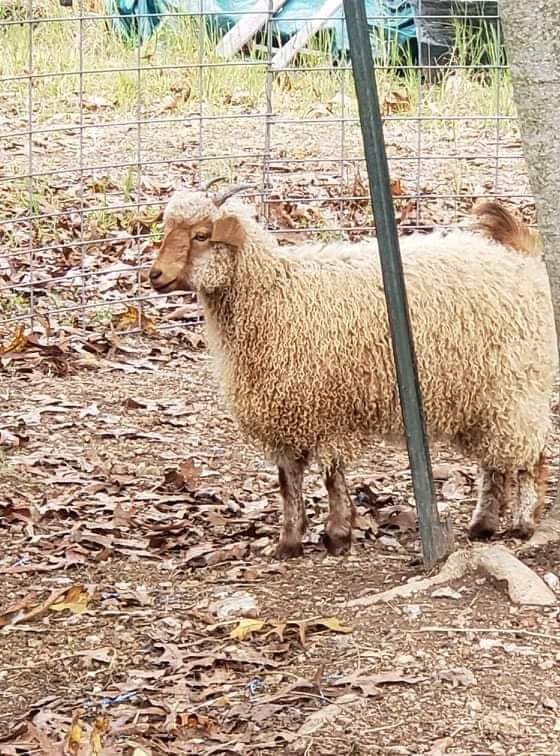
 5
5




* Follow your curiosity , Do what you Love *
my site and blog, about nature connection, spiritual mentoring & energy healing: Simperi
my Etsy shop, with unique antique and vintage finds: TreasureChestTales
 10
10




Perfect The Dwelling Land
 7
7





The only thing...more expensive than education is ignorance.~Ben Franklin
 5
5




* Follow your curiosity , Do what you Love *
my site and blog, about nature connection, spiritual mentoring & energy healing: Simperi
my Etsy shop, with unique antique and vintage finds: TreasureChestTales
 8
8




Natural Small Batch Cheesemaking A Year in an Off-Grid Kitchen Backyard Dairy Goats My website @NourishingPermaculture






 6
6




* Follow your curiosity , Do what you Love *
my site and blog, about nature connection, spiritual mentoring & energy healing: Simperi
my Etsy shop, with unique antique and vintage finds: TreasureChestTales
 5
5




Perfect The Dwelling Land
 3
3




* Follow your curiosity , Do what you Love *
my site and blog, about nature connection, spiritual mentoring & energy healing: Simperi
my Etsy shop, with unique antique and vintage finds: TreasureChestTales
 4
4




Samantha Lewis wrote:
You might be able to find someone locally who is raising sheep or goats for milk and or fiber. You could help with fencing or farm chores and trade for milk or wool to spin.
You would get experience with different animals and you can get started playing with making cheese and spinning even before you have your own animals. .
I have found a very valuable trade I can give is being a farm sitter.
People with farm animals often need a reliable farm sitter. If I am going to travel, I feel so much better having someone who knows my animals, looking in on them.
 4
4




 5
5




 4
4




 4
4




 3
3




"Also, just as you want men to do to you, do the same way to them" (Luke 6:31)

|
Today's lesson is that you can't wear a jetpack AND a cape. I should have read this tiny ad:
the permaculture bootcamp in winter (plus half-assed holidays)
https://permies.com/t/149839/permaculture-projects/permaculture-bootcamp-winter-assed-holidays
|



